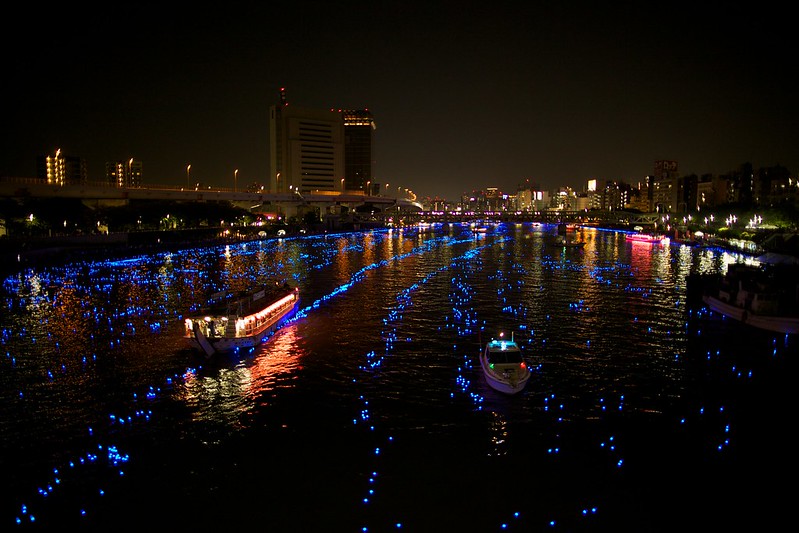These photos hit three soft spots for me: our elders, Japan, and cats. A trifecta.
From Demilked...
For the last 13 years Japanese photographer Miyoko Ihara has been taking pictures of her grandma, Misao, to commemorate her life. 9 years ago, 88-year-old Misao found a stray odd-eyed cat in her shed: she called it Fukumaru, hoping that “the god of fuku (good fortune) would come and everything will be smoothed over like maru (circle).” Miyoko has been photographing their beautiful friendship and the way they go about their daily routine ever since.
The strong bond between the two glows in every shot: “Partly because they are both hard of hearing, my grandmother and Fukumaru are always looking into each other’s eyes. They’re really close,” says Miyoko.































